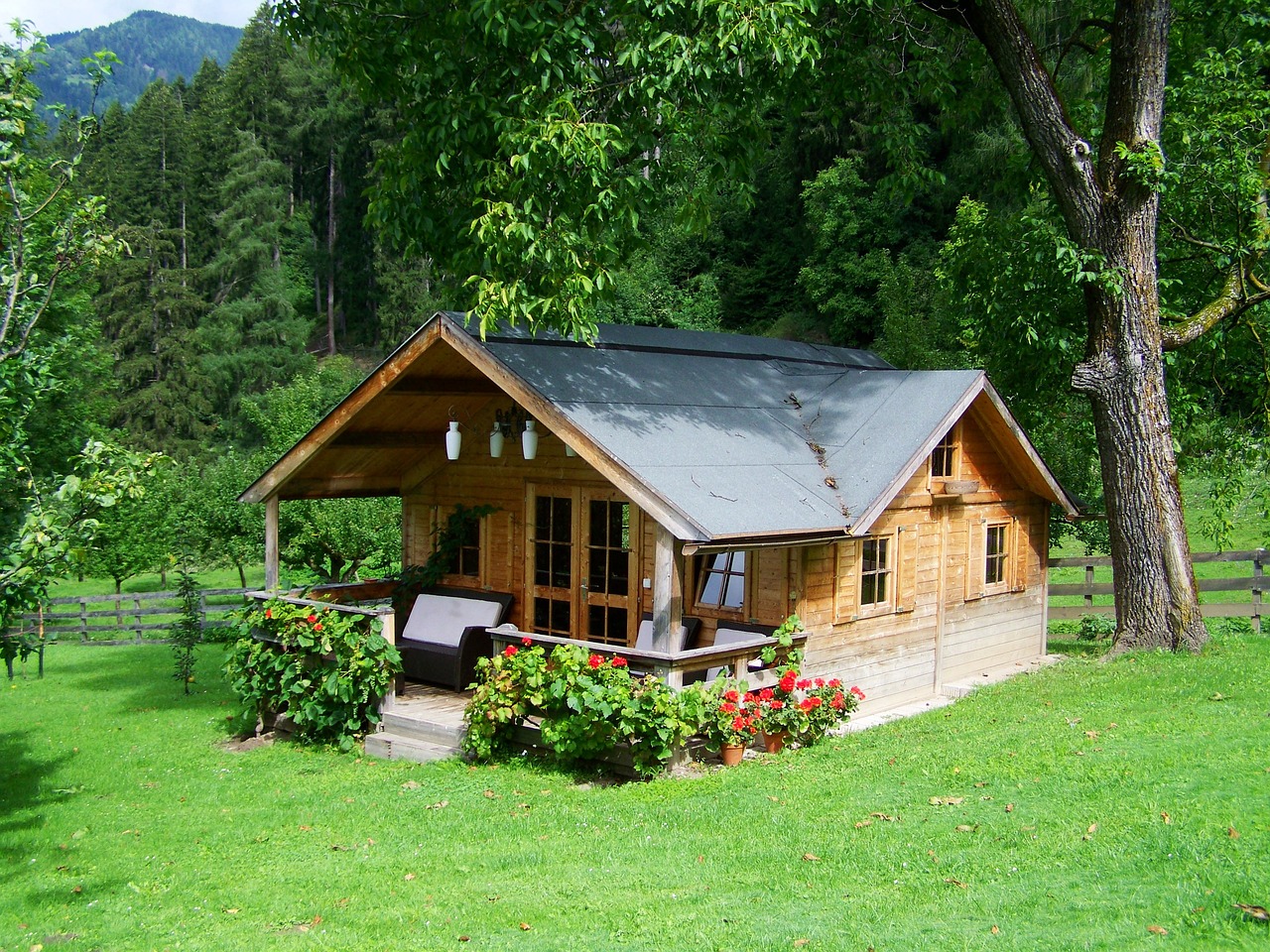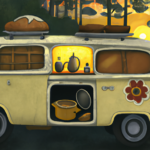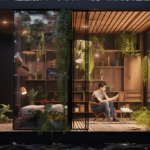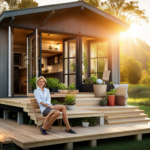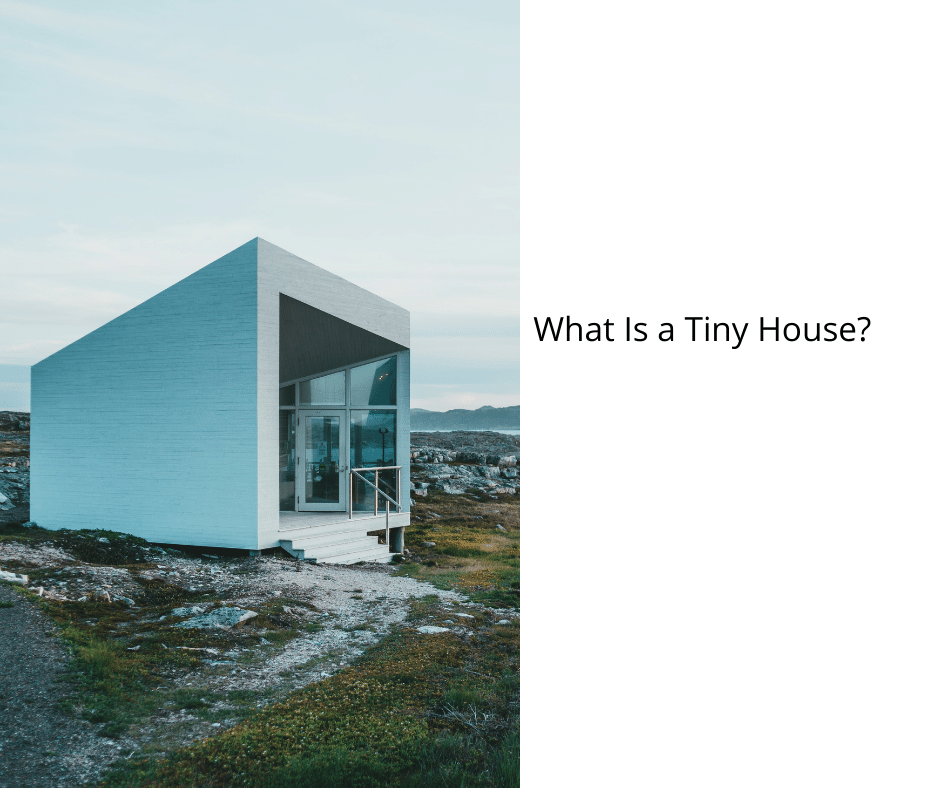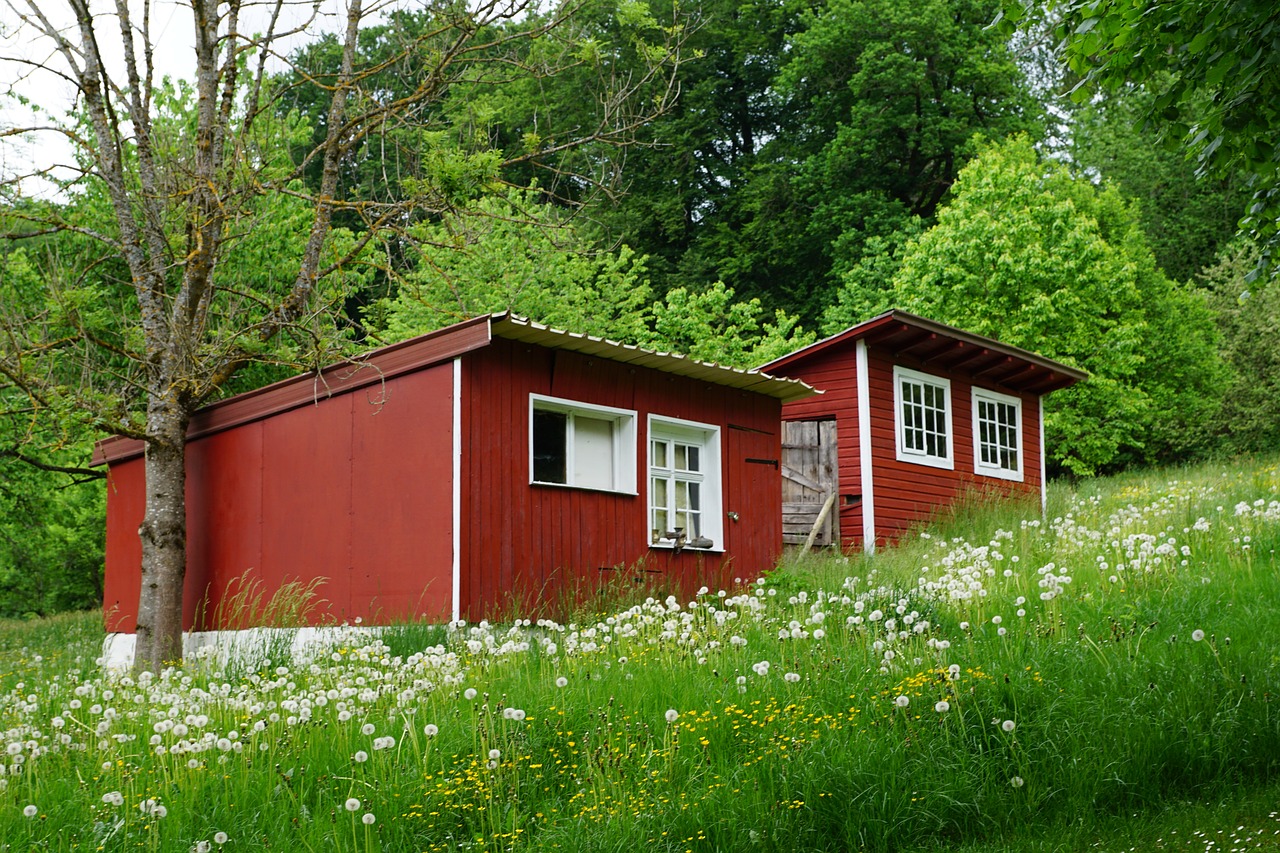Tiny House Living: Challenges, Tips, And Inspiring Stories
Living in a small house presents residents with a distinct set of challenges that must be addressed. These obstacles range from health and safety concerns to general well-being worries. However, with the proper guidance and recommendations, the small house lifestyle can become a rewarding and satisfying experience.
In this article, we will explore the challenges that come with tiny house living, as well as the tips and tricks that can help overcome these obstacles. We will also look at inspiring stories of individuals who have successfully navigated the tiny house lifestyle.
From health and safety concerns to building and community engagement, this article aims to provide a comprehensive guide to tiny house living. Whether you are a current tiny house owner or are considering making the switch, this article will offer valuable insights and advice to help you thrive in your tiny house.
Key Takeaways
- Health and safety concerns are important factors to consider when living in a tiny house.
- Overcoming obstacles requires specialized first aid kits, safety equipment, proper ventilation, and pest control.
- Resources for tiny house living include Tiny House Magazine, local connections and artisans, and a community support system.
- Local connections offer benefits such as access to fresh, local produce and opportunities for socializing and learning.
Health and Safety
The discussion of health and safety in the context of tiny house living is a crucial aspect that cannot be overlooked. The text emphasizes the importance of having a specialized kit designed for addressing injuries and accidents that may occur in a tiny house.
Tiny house first aid kits are available in the market that includes essential items such as bandages, gauzes, antiseptic, and pain relievers. These kits are compact and easy to store, making them an ideal choice for tiny house living.
Apart from having a first aid kit, it is equally essential to maintain the overall health of a tiny house. Safety equipment such as fire extinguishers, smoke detectors, and carbon monoxide detectors are crucial to prevent any mishaps. Proper ventilation and pest control are other aspects that one must take into account.
Living in a tiny house may pose some challenges; however, by taking adequate safety measures, one can ensure a safe and healthy living space.
Articles and Tips
One can discover a wealth of insights and guidance on navigating the intricacies of small-scale living by perusing the articles and tips found in Tiny House Magazine Issue 123, akin to a treasure trove waiting to be unearthed.
Among the plethora of informative articles, there are some that particularly stand out. For instance, the article on getting back on track after facing difficulties offers valuable advice on how to overcome obstacles and regain momentum in life.
Additionally, the article on anxiety management during road trips provides helpful tips for managing stress and anxiety, which can be especially useful for those living in a tiny house and constantly on the move.
The article on modular mobility with Catapult AV showcases innovative solutions for small living, while the piece on living on the road in an Airstream as a professional organizer offers a unique perspective on how to make tiny living work for your lifestyle.
Finally, the magazine includes practical tips for getting things done efficiently, which can be applied to any aspect of life, whether living in a tiny house or not.
The articles and tips in Tiny House Magazine Issue 123 not only offer practical guidance but also inspire readers to think creatively about small-scale living. These articles demonstrate that tiny living can be an opportunity to explore new ways of approaching life’s challenges and to live in a way that aligns with one’s values.
Whether looking for advice on how to overcome obstacles or simply seeking inspiration, the articles and tips in this magazine provide a valuable resource for those interested in tiny house living.
Community and People
Exploring the community and individuals within it can provide insight into the diverse ways in which people approach and adapt to a tiny house lifestyle. Local connections play a crucial role in the tiny house community, as they provide a support system for individuals navigating the challenges of living in small spaces. It is not uncommon for tiny house dwellers to seek out local butchers, bakers, or candlemakers, as they often offer unique, artisanal products that align with the values of the tiny house movement. Additionally, connecting with other tiny house owners in the area can foster a sense of community and provide opportunities for sharing resources and knowledge.
In order to further showcase the importance of community support, a table can be included that highlights different ways in which local connections can benefit those living in tiny houses. For example, the table could include columns such as “Local Food Sources” and “Community Events,” and rows such as “Access to Fresh, Local Produce” and “Opportunities for Socializing and Learning.” This table would not only illustrate the practical benefits of local connections, but also emphasize the communal and social aspects of tiny house living. By fostering a strong sense of community, individuals living in tiny houses can find support and encouragement as they navigate the unique challenges of their lifestyle.
Frequently Asked Questions
What are some common zoning regulations for tiny houses?
Building codes and legal requirements for tiny houses vary depending on the location. In general, tiny houses are subject to the same building codes and zoning regulations as traditional houses.
However, some municipalities have created specific zoning regulations for tiny houses, such as minimum square footage requirements, maximum height restrictions, and specific locations where they can be placed.
Additionally, some states have laws that allow tiny houses to be classified as RVs, which means they must comply with RV safety standards.
It is important for anyone considering building or living in a tiny house to research and understand the building codes and legal requirements in their specific location to avoid any potential legal issues.
How do you maintain privacy and personal space in a tiny house?
Maintaining privacy and managing personal space can be a challenge in a tiny house. Privacy concerns can arise due to the lack of physical barriers, such as walls, and the close proximity of living quarters.
To address this, tiny house owners can use creative solutions such as curtains, room dividers, or even building separate rooms within the tiny house.
Personal space management is also important to maintain a sense of independence and avoid feeling cramped. This can be achieved by optimizing storage space, utilizing multi-functional furniture, and decluttering regularly.
Overall, maintaining privacy and personal space in a tiny house requires intentional design and organization to ensure a comfortable and functional living space.
What are some unique challenges when it comes to cooking and food storage in a tiny house?
Cooking and food storage are unique challenges when it comes to maximizing space in a tiny house. One simile that comes to mind is likening it to a game of Tetris, where every piece needs to fit perfectly to make the most out of the limited space available.
Meal planning becomes crucial in this context, as it allows for efficient use of the available storage and cooking areas. It is important to take stock of what ingredients are on hand and to plan meals accordingly, so that only the necessary items are stored.
Additionally, using multi-functional kitchen tools and appliances can help save space. For example, a combination microwave-convection oven can serve as both an oven and a microwave, reducing the need for two separate appliances.
Overall, careful planning and use of space-saving strategies can make cooking and food storage in a tiny house both manageable and enjoyable.
How do tiny house owners deal with extreme weather conditions?
Tiny house owners often face extreme weather conditions that can be challenging to deal with. Heating solutions and insulation techniques are essential to maintaining a comfortable living environment in harsh weather conditions.
The heating solutions used in tiny houses include wood stoves, propane heaters, and electric heaters. Insulation techniques involve using high-quality materials such as spray foam, rigid foam, and fiberglass. It is also essential to seal gaps and cracks to prevent heat loss.
Proper ventilation is also necessary to prevent condensation and mold growth. Tiny house owners must consider these factors to ensure their homes are safe and comfortable in extreme weather conditions.
What are some creative storage solutions for tiny houses?
Multi functional furniture and vertical storage solutions are essential for maximizing space in tiny houses.
Many tiny house owners opt for furniture that doubles as storage, such as a bed with built-in drawers or a table with hidden compartments.
Vertical storage solutions, such as shelves and hanging organizers, can also provide ample space for storing items without taking up valuable floor space.
Additionally, utilizing unused space, such as under stairs or above cabinets, can add extra storage.
With careful planning and the use of creative storage solutions, tiny house owners can make the most of their limited space.
Hi, I’m Emma. I’m the Editor in Chief of Tiny House 43, a blog all about tiny houses. While tree houses are often associated with childhood, they can be the perfect adult retreat. They offer a cozy space to relax and unwind, surrounded by nature. And since they’re typically built on stilts or raised platforms, they offer stunning views that traditional homes simply can’t match. If you’re looking for a unique and romantic getaway, a tree house tiny house might just be the perfect option.
